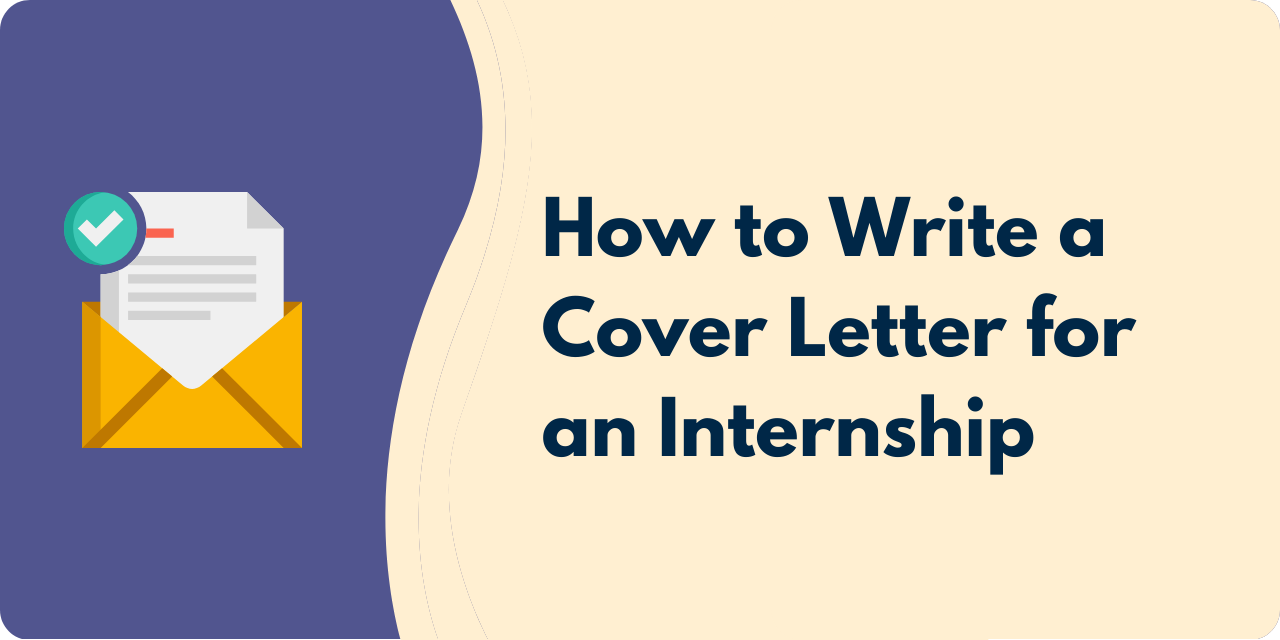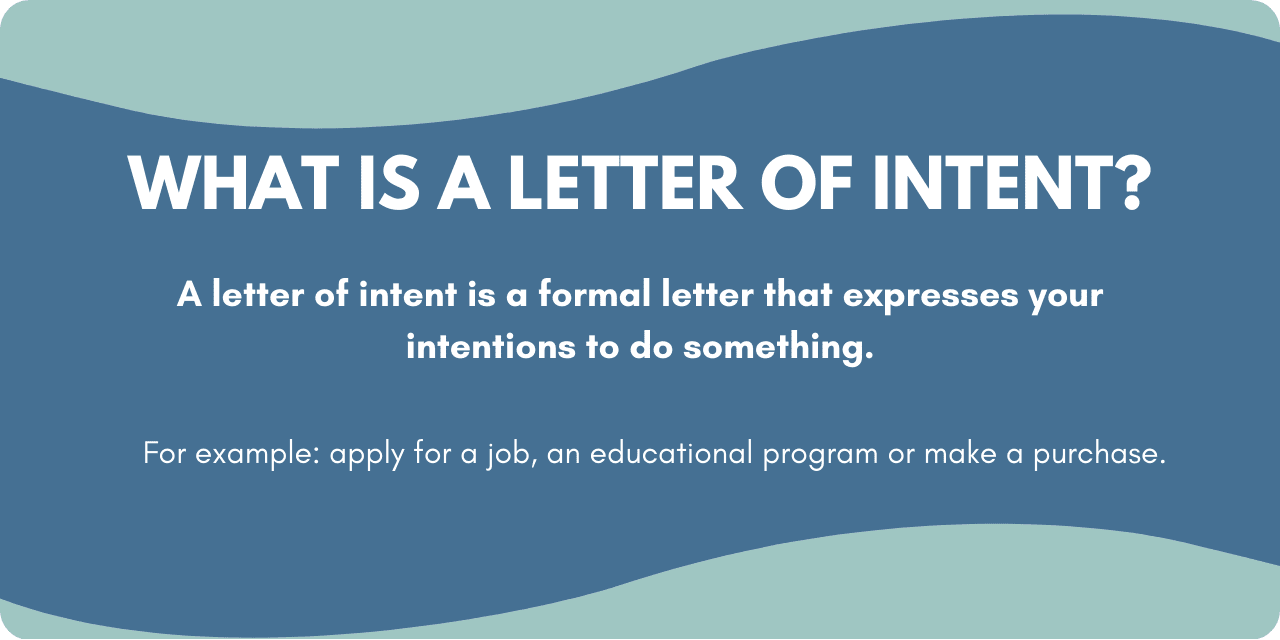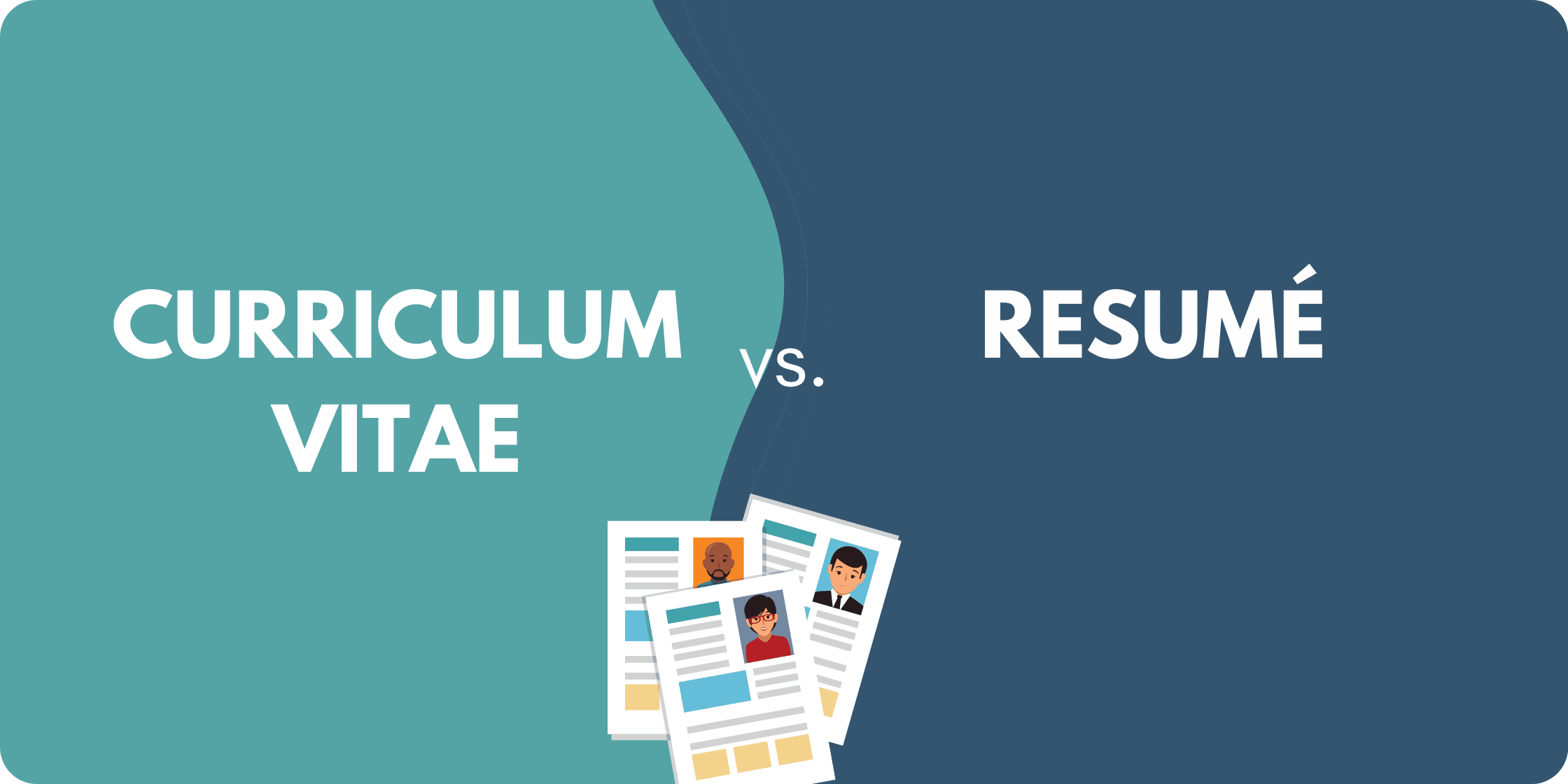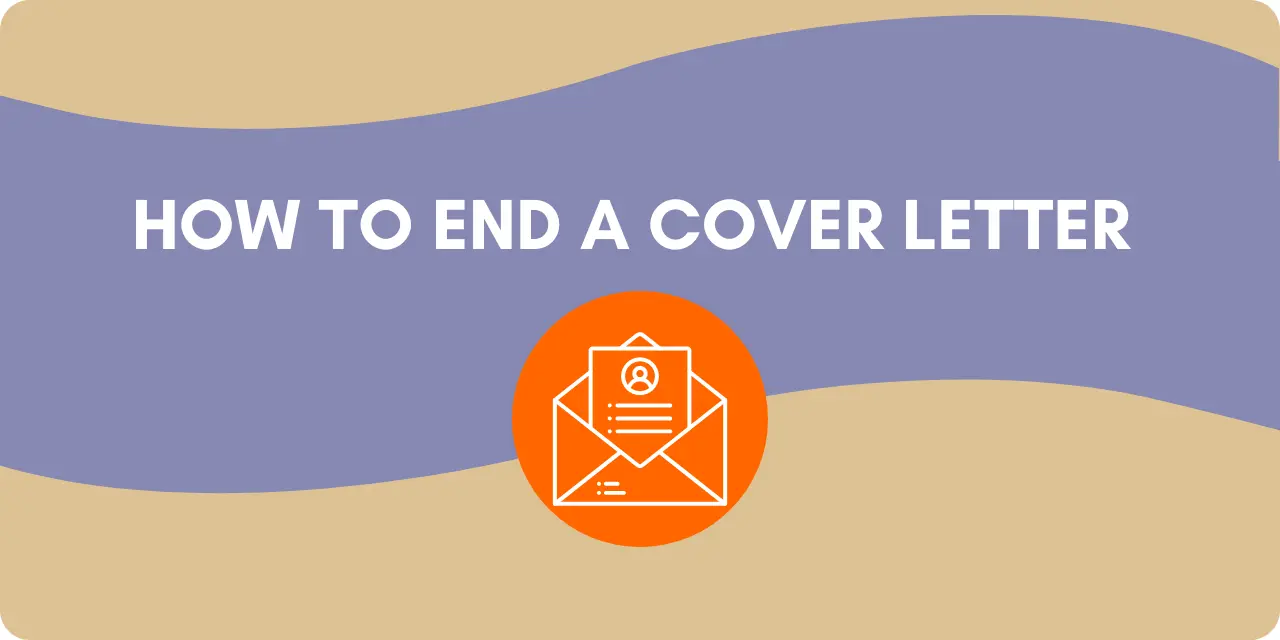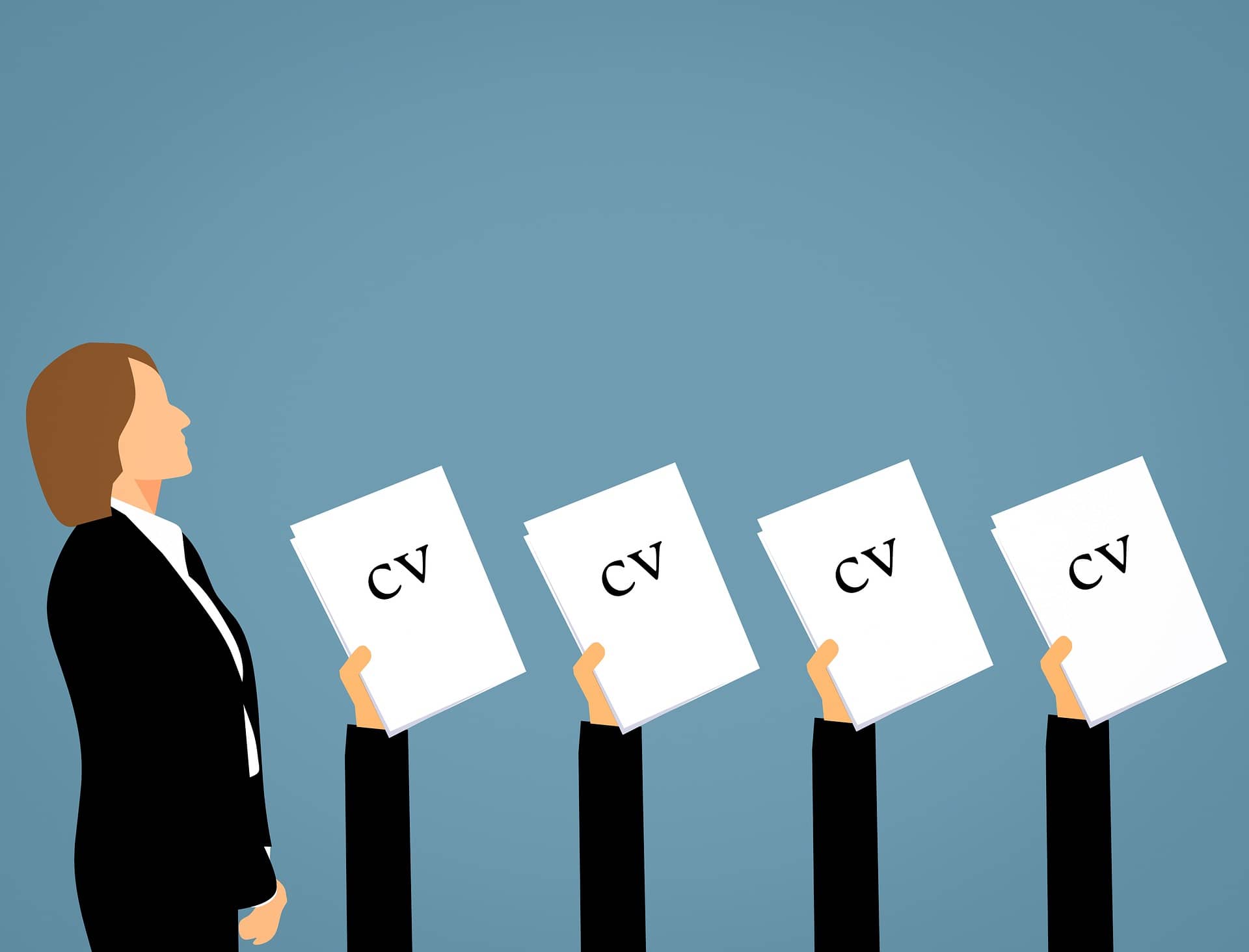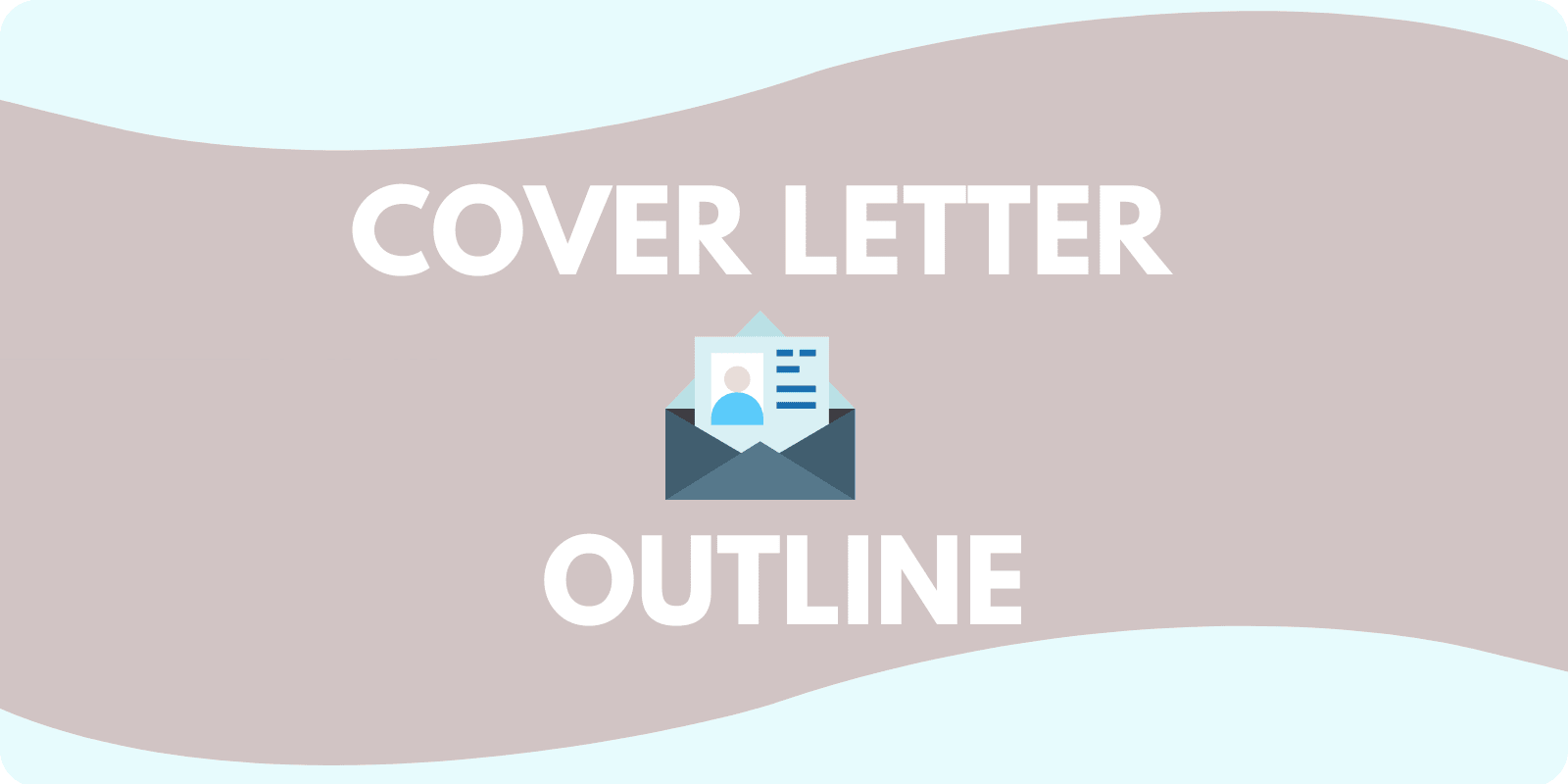
A cover letter is a simple communication explaining why you, out of all the applicants available, are the best pick for the job. Every company doesn’t require cover letters, but they represent the skills and background experience that help you stand out from the crowd. Before putting the digital pen to paper for your cover letter outline, it’s crucial to understand proper cover letter formatting and etiquette to ensure you set the right tone.
Formatting
Begin by choosing traditional, commonly accepted professional fonts such as Calibri or Arial, and set your font size between 10 and 12.
Every paragraph on your cover letter should be left-aligned and double-spaced. A spacing of 1 – 1.15 between lines is traditional, and lastly, the margins should be spaced 1 inch on both sides.
Most of these settings, except the spacing, are default settings on Microsoft Word. Make sure to keep your cover letter outline in PDF format to preserve the professional layout you’ve created.
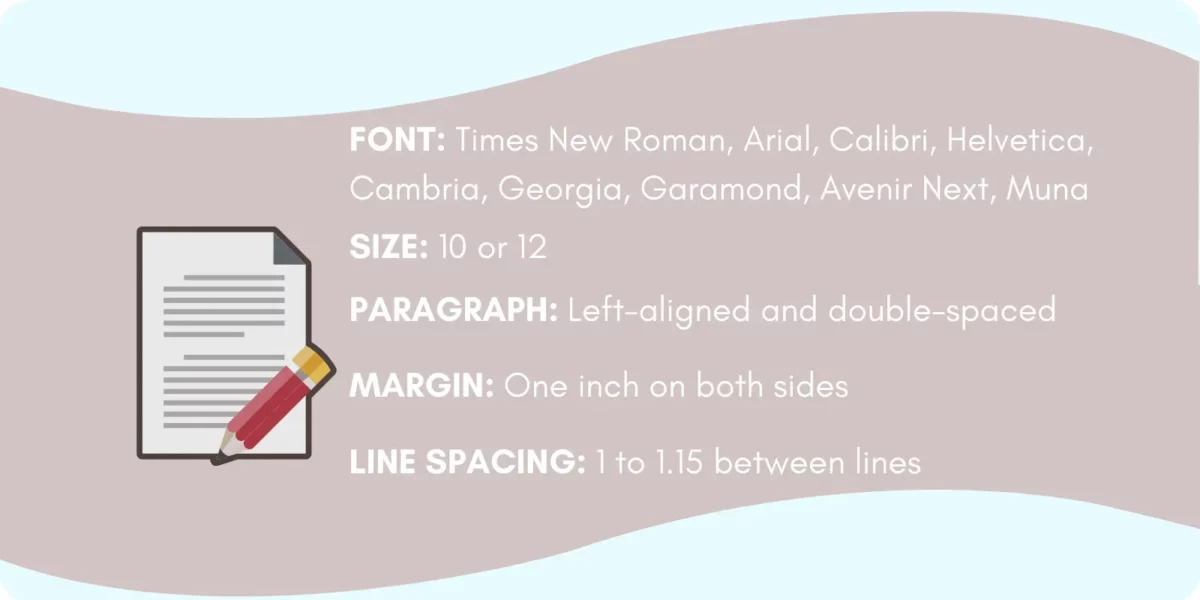
Outlining
Another critical step before you sit down to write your letter is to craft a cover letter outline. Doing so allows you to structure your points—namely, why you’re a perfect candidate—throughout your paragraphs to engage the hiring manager.
Over time, the structure has become standardized to match the following cover letter outline template:
- A header with contact information and the date
- A customary greeting
- A hook
- An opening, middle, and closing paragraph
- A complimentary close and signature
A well-structured, logically progressing cover letter outline signals professionalism and level-headedness to the reader and demonstrates that you have put thought and effort into your work to make your cover letter outline stand out among other applicants.
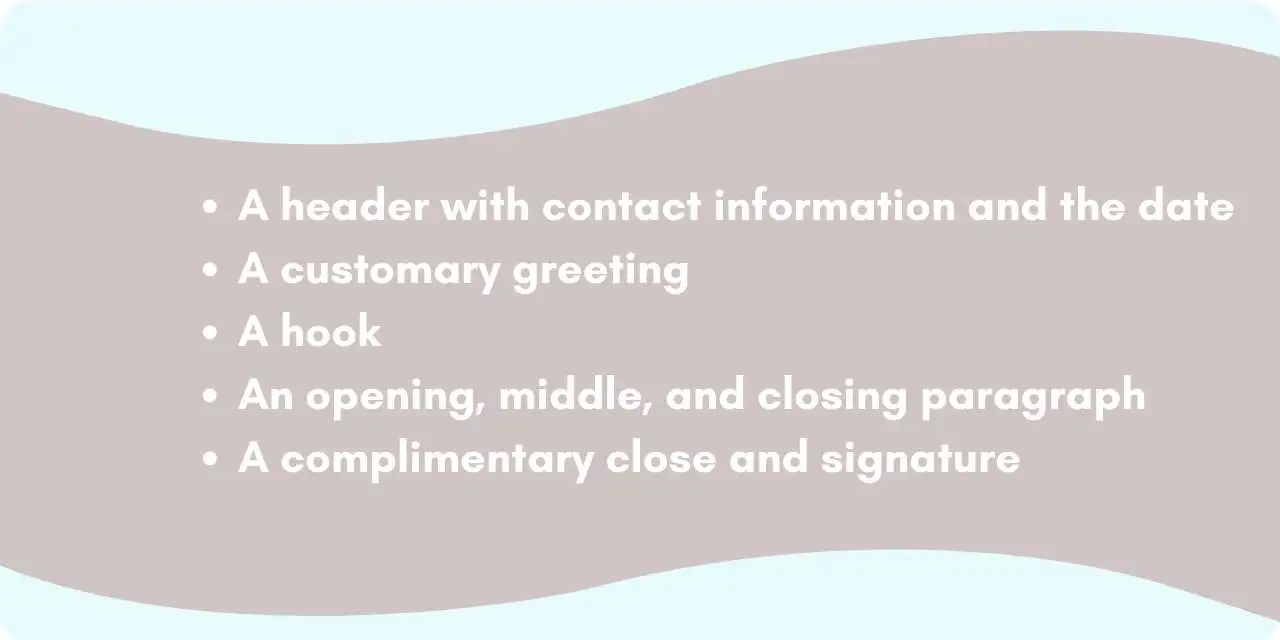
Writing Your Cover Letter
First, begin with a header that provides relevant contact information:
Your Name
Street Address
City, State ZIP
Month Day, Year
Employer Name
Title
Company
Street Address
City, State ZIP
An appropriate greeting will follow this:
Dear Mr./Ms. (name):
Ultimately, the body of your cover letter is the crux of your argument and the main contributor to your likelihood of success. Your goal is to persuade the person reading your letter that you have the skills, experience, and passion for filling the role they are missing.
Generally, the first paragraph should hook the reader’s interest while showcasing your knowledge of the company, why the job interests you, and how you learned about the opportunity.
The second paragraph handles your background and qualifications, referring the employer to your enclosed resume.
The concluding paragraph summarizes the first two paragraphs, expanding your skills and knowledge while reiterating the finer points. It should explain how your capability meets the company’s needs for the particular job.
Stand out; don’t stand aside. Toot your own horn a little regarding your interest in the company’s work, your ethical standards, and any prior achievements you’re proud of to set yourself apart from the other entries.
For best results, consider following the method of the four P’s: prime, promote, persuade, and proofread.
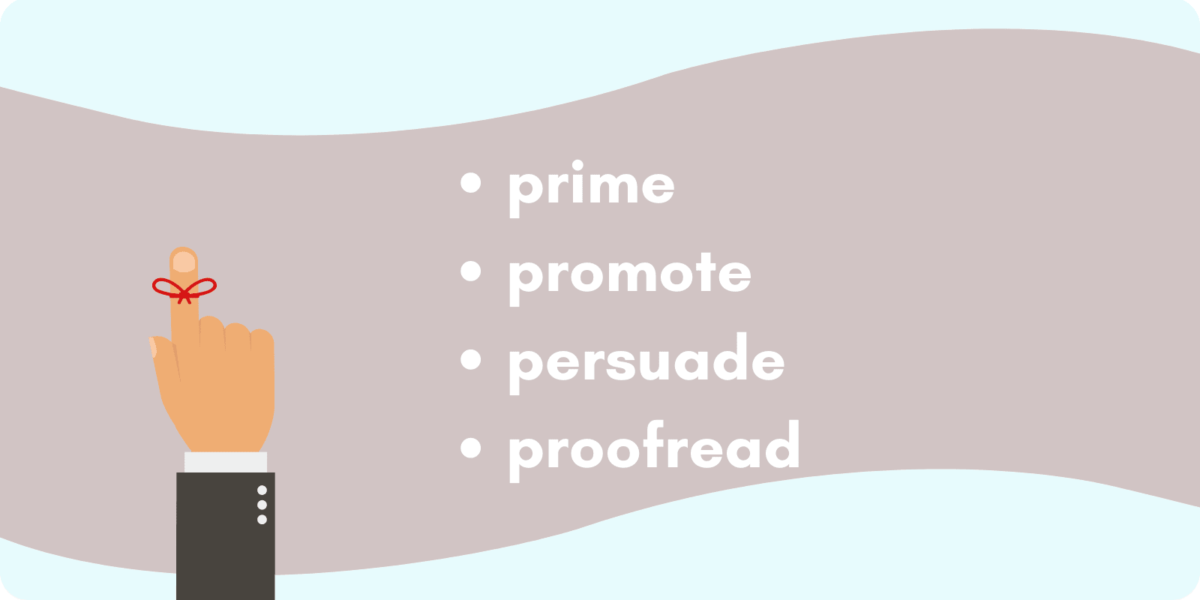
Prime
The first and most crucial step in getting a potential employer to take your cover letter seriously is to engage them with a hook and prime them to form a positive initial impression of you.
It’s too easy for hiring managers, who spend too long staring at similarly-formatted pieces of paper, to gloss over your cover letter and not give you a second thought.
It’s not their fault; if you’ve ever read a long wall of uninteresting text, you know the feeling. That’s why it’s crucial to hook your reader immediately so that the reviewer pays attention to what you have to say rather than casually glancing over.
One of the simplest ways to catch the reader’s attention is to include the name of the person you are writing to.
“Dear Mr. Davis,
As an experienced writer with a range of experience in technical and analytical writing, I’m thrilled to apply for your technical writing position at Fluid Solutions.”
If you don’t know who that is, address the hiring department. Demonstrating that you’ve done a little digging to correctly reference your potential future employer goes a long way to creating a positive impression.
Based on the development of your cover letter outline, the following line in your writing should be a hook. Tout a particular skill you’ve developed, tell a story of how you contributed to solving a problem in a prior workplace.
For example:
“I interact well with people, and those social skills benefit me when it comes to resolving problems. As a teacher at X, I had a parent come into the office furious over his child’s grades. Before I went into the conference room, a coworker warned me that he was ‘really mad.’ To her surprise, when we emerged from the room, he was laughing and shaking my hand.”
When considering the scope of your achievements, “. . . find three things about yourself that you want to highlight. Focus all of your communication on those three elements.” ( The Guardian
Ask yourself the following questions and craft a 1-2-line response:
- What distinguishes me from other applicants?
- What interpersonal skills have I developed in my work experience?
- What skills make me a unique asset to the team?
Promote
Now for the best part—the chance to sell yourself. If necessary, expand on your skill set and describe what you know and love about the company:
“Continuing to develop my writing craft is one of my greatest life pursuits. After graduating from Such-and-Such college with my English degree, I’ve had the opportunity to broaden my skill set on several technical and analytical writing assignments working with different companies, including Special Writing Co., We Write, Inc., and Writers for Life.”
A foreknowledge of your potential future employer’s work ethic expectations and company values suggests to the hiring manager that you’re willing to follow departmental guidelines, which is a valuable trait in an applicant.
Most of all, you should express your enthusiasm for your job. Ask yourself: why do you love doing what you do?
It’s a simple question, but at the heart of the matter, employers are looking for passionate individuals that can contribute to a healthy work environment.
Persuade (Call to Action)
Just like putting a beautiful bow on a gift, wrapping up with a persuasive closing paragraph, including a call to action, is an integral part of your cover letter outline.
You want to avoid going through all the hard work of selling yourself and expressing your personality, then leave the letter without a persuasive closing.
Encourage the hiring manager to call you for an interview or visit your website. The bottom line is that once the hiring manager reaches “Sincerely,” they should have a reasonable expectation of how to move forward with the hiring process.
“Thank you for considering me. As someone who’s always had a gift for words and has continued to develop that skill set, I’m excited to learn more about this position. As one of your writers, I’ll have the opportunity to create exceptional projects for our clients. To discuss the opportunity to work together more, please contact me at emailaddress@gmail.com”
Example
Here is an example when all is put together:
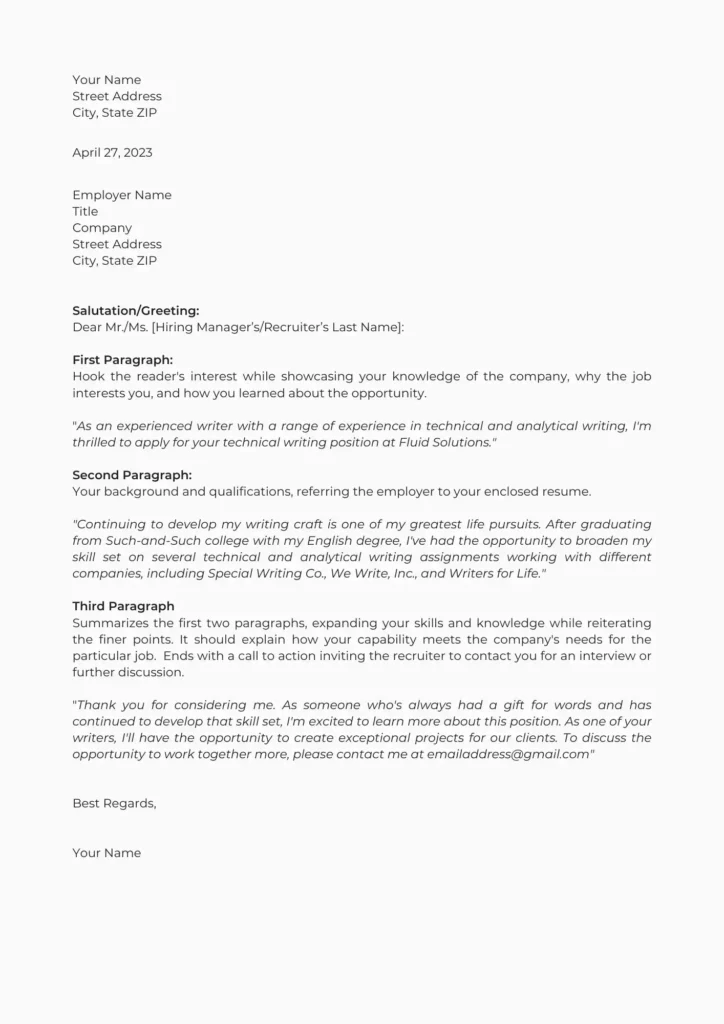
Proofread
Always review your work carefully to check for grammar errors, repetition, and non-sequiturs to ensure your cover letter outline is as brilliant as it can be.
Consider the tone of your cover letter outline and keep it brief. Remember, your cover letter is one of many of the hiring manager will read. Trimming down your unwieldy sentences to get right to the point improves their readability.
The Bottom Line
A cover letter is one of many factors contributing to your chance of getting hired. Still, for some companies, it’s an ample opportunity to demonstrate your professionalism, skills, and personality.
All told, it’s a chance to advertise yourself, and what could be better?
Further reading: Cover Letter Tips For First Time Job Applicants, Proper Business Letter Format

